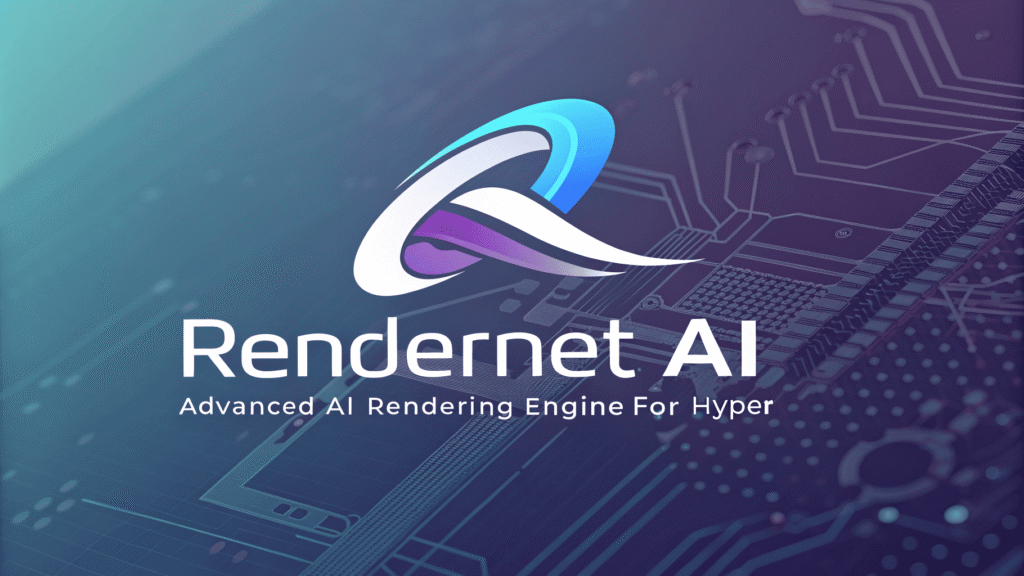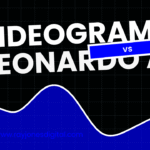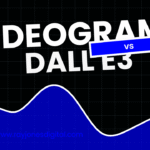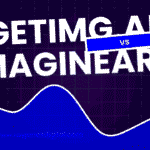
Artificial intelligence has revolutionised countless industries, and digital rendering is no exception. RenderNet AI stands at the forefront of this transformation, offering creators an advanced AI rendering engine that promises to redefine how we approach visual content creation.
For digital artists, game developers, and content creators who’ve grown frustrated with lengthy rendering times and complex workflows, RenderNet AI presents a compelling solution. This cutting-edge platform harnesses the power of machine learning to deliver hyper-realistic renders in a fraction of the time traditionally required.
But what exactly sets RenderNet AI apart from conventional rendering solutions? How does this technology work, and what benefits can creators expect? This comprehensive guide explores everything you need to know about RenderNet AI and its potential to streamline your creative workflow.
Understanding RenderNet AI Technology
RenderNet AI represents a significant leap forward in rendering technology, combining traditional rendering principles with advanced artificial intelligence algorithms. Unlike conventional rendering engines that rely solely on computational power to process every pixel individually, RenderNet AI employs machine learning models trained on vast datasets of visual information.
The engine uses neural networks to predict and generate pixel values, dramatically reducing the computational load required for complex scenes. This approach enables the system to make intelligent decisions about lighting, shadows, textures, and reflections without manually calculating every detail from scratch.
Core Components of the System
The RenderNet AI architecture consists of several key components working in harmony. The inference engine processes input data and makes real-time decisions about rendering optimisations. Meanwhile, the neural network backbone has been trained on millions of high-quality renders, enabling it to understand visual patterns and relationships.
The denoising module plays a crucial role in maintaining image quality whilst reducing rendering time. By intelligently removing noise and artifacts from lower-sample renders, the system can produce clean, professional results with significantly fewer computational resources.
Key Features and Capabilities
RenderNet AI offers a comprehensive suite of features designed to enhance the rendering experience across various applications. The platform’s adaptive sampling technology automatically adjusts rendering quality based on scene complexity, ensuring optimal performance without sacrificing visual fidelity.
Real-time preview capabilities allow creators to see changes instantly, eliminating the traditional wait times associated with test renders. This immediate feedback loop enables faster iteration and more efficient creative decision-making.
Advanced Material Recognition
One of RenderNet AI’s standout features is its sophisticated material recognition system. The AI can automatically identify different surface types and apply appropriate rendering techniques, from metallic reflections to organic textures. This intelligent material handling reduces the need for manual parameter adjustment and ensures consistent, realistic results.
The system also excels at handling complex lighting scenarios, automatically calculating global illumination, caustics, and subsurface scattering with remarkable accuracy. These advanced lighting calculations typically require significant computational resources, but RenderNet AI’s optimised algorithms deliver impressive results efficiently.
Performance Benefits and Speed Improvements
The performance gains offered by RenderNet AI are substantial, with many users reporting rendering speed improvements of 5-10x compared to traditional engines. These speed increases stem from the AI’s ability to predict pixel values rather than calculating them through brute force methods.
Memory usage optimisation represents another significant advantage. The system intelligently manages memory allocation, reducing the hardware requirements for complex scenes. This efficiency makes high-quality rendering accessible to creators with more modest hardware setups.
Scalability and Resource Management
RenderNet AI’s scalable architecture adapts to available system resources, whether running on a single workstation or distributed across multiple machines. The engine automatically balances workloads and optimises performance based on hardware capabilities.
Cloud integration capabilities further extend the platform’s scalability, allowing users to tap into additional computational resources when needed. This flexible approach ensures that even the most demanding projects can be completed within reasonable timeframes.
Applications Across Industries
The versatility of RenderNet AI makes it valuable across numerous creative industries. Game developers benefit from faster asset creation and more efficient pipeline workflows, enabling shorter development cycles and more frequent iterations.
Architectural visualisation firms find particular value in the platform’s ability to handle complex lighting scenarios and material interactions. The speed improvements allow for more client revisions and faster project delivery without compromising on quality.
Film and Animation Production
Visual effects studios and animation houses leverage RenderNet AI to accelerate their rendering pipelines. The technology proves especially valuable for iterative work, where multiple versions and variations need to be rendered quickly.
The system’s ability to maintain consistency across frames makes it well-suited for animation work, where flickering and temporal artifacts can be particularly problematic. RenderNet AI’s temporal coherence algorithms ensure smooth, professional results.
Getting Started with RenderNet AI
Implementation of RenderNet AI varies depending on your specific needs and existing workflow. The platform offers multiple integration options, from standalone applications to plugins for popular 3D software packages.
New users typically begin with the guided setup process, which helps optimise settings for their specific hardware configuration and typical use cases. The system includes comprehensive documentation and tutorials to help creators maximise their productivity.
System Requirements and Compatibility
RenderNet AI supports major operating systems and integrates with leading 3D applications. Minimum system requirements include modern GPU hardware with adequate VRAM, though the exact specifications depend on intended usage complexity.
Regular updates ensure compatibility with new software versions and hardware releases. The development team actively maintains support for emerging technologies and industry-standard formats.
Future Developments and Roadmap
The RenderNet AI development team continues to enhance the platform with new features and capabilities. Upcoming releases promise improved AI models, expanded material libraries, and enhanced integration options.
Research into advanced AI techniques, including generative models and neural radiance fields, may further revolutionise the rendering landscape. These developments could enable even more dramatic speed improvements and new creative possibilities.
Maximising Your Creative Potential
RenderNet AI represents more than just a faster rendering engine—it’s a tool that can fundamentally transform your creative workflow. By eliminating traditional bottlenecks and reducing iteration times, the platform enables artists and creators to focus on what matters most: bringing their visions to life.
Whether you’re a solo artist looking to streamline your personal projects or part of a larger studio seeking competitive advantages, RenderNet AI offers the performance and reliability needed to excel in demanding creative environments. The combination of speed, quality, and ease of use makes it an invaluable addition to any digital creator’s toolkit.
Consider exploring RenderNet AI’s capabilities through their trial programs or demo versions to experience firsthand how advanced AI rendering can enhance your creative output and efficiency.

I am Ray Jones Digital
My current occupations: a Digital Marketer, Local SEO expert, Link Builder, and WordPress SEO specialist. Shopify SEO, Ecommerce Store Management, and HTML & WordPress Developer I have been practicing the above mentioned services for more than 10 years now As an SEO expert working with your ongoing projects.



